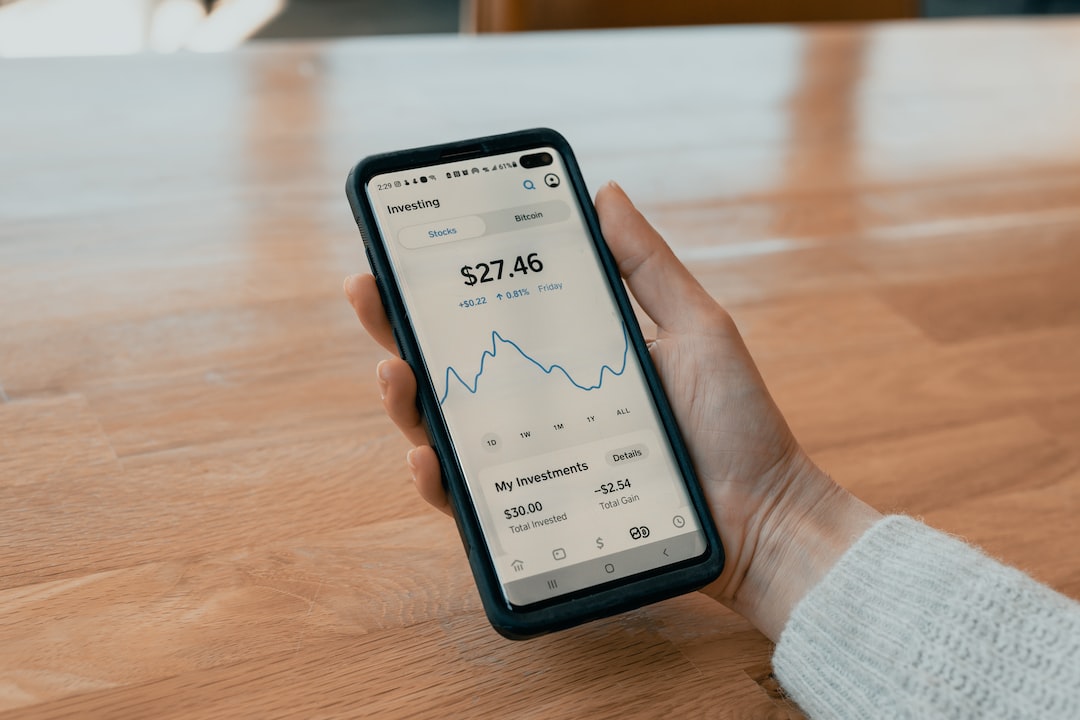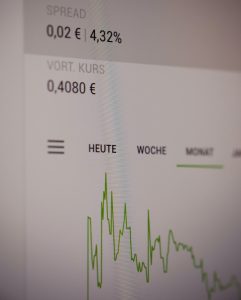Forex trading is an exciting and profitable venture if one understands the basic concepts and terminologies. One essential concept that traders need to understand is gaps. In forex, gaps are sudden price jumps between two consecutive trading periods, creating a noticeable empty space on the chart. This article provides an in-depth explanation of what gaps mean in forex and how traders can use them to make informed trading decisions.
Definition of Gaps in Forex
A forex gap refers to a price difference between the highest price of the previous trading period and the lowest price of the current trading period. A gap usually occurs when there is a significant market-moving event, such as a news release, economic report, or geopolitical development, that causes a sudden shift in market sentiment. The price then opens at a different level than the previous closing price, creating a gap on the chart.
There are three types of forex gaps:
1. Common gaps: These are gaps that occur frequently and do not necessarily indicate a significant change in market sentiment. They are usually caused by thin trading volumes, weekends, or holidays. Common gaps are the least significant and are often filled quickly.
2. Breakaway gaps: These gaps occur when a trend is about to start or end. They are usually caused by a significant event such as an unexpected news release or a sudden shift in market sentiment. Breakaway gaps are the most significant and have a higher probability of not being filled.
3. Exhaustion gaps: These gaps occur when a trend is nearing its end. They are usually caused by a sudden rush to take profits or cut losses, leading to a significant shift in market sentiment. Exhaustion gaps are usually accompanied by low trading volumes and have a higher probability of being filled.
How to Trade Gaps in Forex
Gaps can provide valuable information to forex traders, and they can use them to make informed trading decisions. There are three main ways traders can trade gaps:
1. Gap Fading: Gap fading involves trading against the direction of the gap. If a gap is caused by a sudden shift in market sentiment, it is likely to be filled soon. Traders who fade gaps will wait for the price to move back to the pre-gap level and then take a position in the opposite direction.
2. Gap Trading: Gap trading involves trading in the direction of the gap. If a gap is caused by a significant event, it is likely to continue in the same direction. Traders who trade gaps will take a position in the direction of the gap and hold it until the price reaches the pre-gap level.
3. Gap Filling: Gap filling involves waiting for the gap to be filled before taking a position. Traders who fill gaps will wait for the price to move back to the pre-gap level and then take a position in the direction of the trend.
Risks Associated with Trading Gaps
Like any other trading strategy, trading gaps in forex also comes with risks. The most significant risk associated with gap trading is the risk of reversal. Gaps can be filled quickly, and if the price moves in the opposite direction, traders who trade gaps may experience significant losses.
Another risk associated with gap trading is the risk of slippage. Gaps can cause significant price jumps, leading to slippage, which can affect the entry and exit prices of a trade.
Conclusion
Gaps in forex are sudden price jumps caused by significant market-moving events. They provide valuable information to traders and can be used to make informed trading decisions. Traders can use gap trading strategies such as gap fading, gap trading, and gap filling to take advantage of gaps. However, traders should also be aware of the risks associated with gap trading, including the risk of reversal and slippage. Overall, gaps are an essential concept in forex trading that traders should understand to make informed trading decisions.






